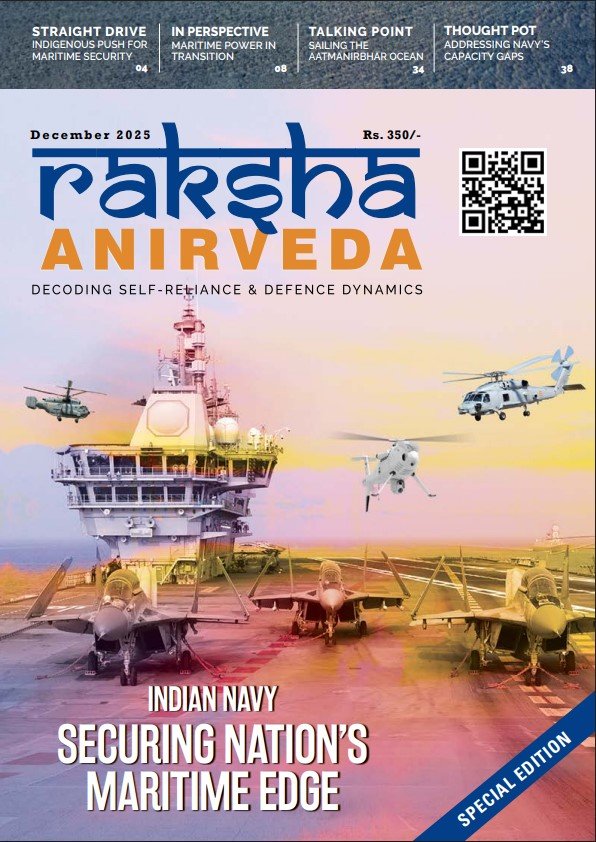New Delhi: China still hasn’t withdrawn from “several forward positions” it seized during clashes with Indian forces along the Line of Actual Control (LAC), a top US military commander told lawmakers at a congressional hearing.
Admiral Philip S. Davidson, who commands the US military’s Indo-Pacific Command, also told lawmakers that the US had helped India over its border conflict by providing information, cold-weather clothing and other equipment.
“The PLA has not yet withdrawn from several forward positions it seized following the initial clash, and the consequent escalation of tensions between the PRC and India has resulted in casualties on both sides,” Davidson said in prepared remarks at a Senate hearing on the US Indo-Pacific Command.
The Chinese and Indian armed forces completed the withdrawal of their respective troops from parts of the disputed border in Ladakh – around Pangong Tso – in late February after protracted negotiations.
The US commander described Chinese aggression on the LAC as a manifestation of Beijing’s “expansionary territorial ambitions”.
He said the “large-scale mobilisation – which is particularly notable considering the elevation, terrain, and distance involved – has stoked regional concerns that the PRC will increasingly use force to achieve desired outcomes”.
Davidson held China responsible for starting the border clashes. “The standoff was predicated by clashes over construction activities near the disputed border. PLA ground manoeuvre and support elements subsequently forward-deployed roughly 50,000 soldiers along the LAC, leading to a counter-deployment by the Indian Army,” he said.
Davidson went on to say that the border conflict with China has “opened their (India’s) eyes to what cooperative effort with others might mean for their own defensive needs”.
“I think you’ll see India in the very near term, you know, remain committed to their nonaligned approach, but I think they will deepen their engagement with the Quad, and I think that’s a key strategic opportunity for us, Australia and Japan,” the US admiral added.
Davidson spoke at length about US military ties with India. The current relationship “presents a historic opportunity to deepen ties and solidify what I consider the ‘defining partnership of the 21st century’,” he said, using a phrase popularised by former US president Barack Obama for the bilateral relationship.
He went on to recount the three foundational agreements signed by the two countries in recent years: increasing military cooperation; growing defence purchases by India from the US; and joint exercises.
He concluded that the US “defines the security relationship with India as a strategic imperative”.





